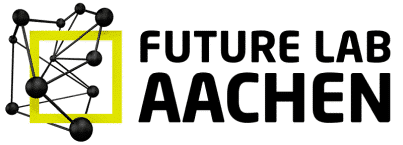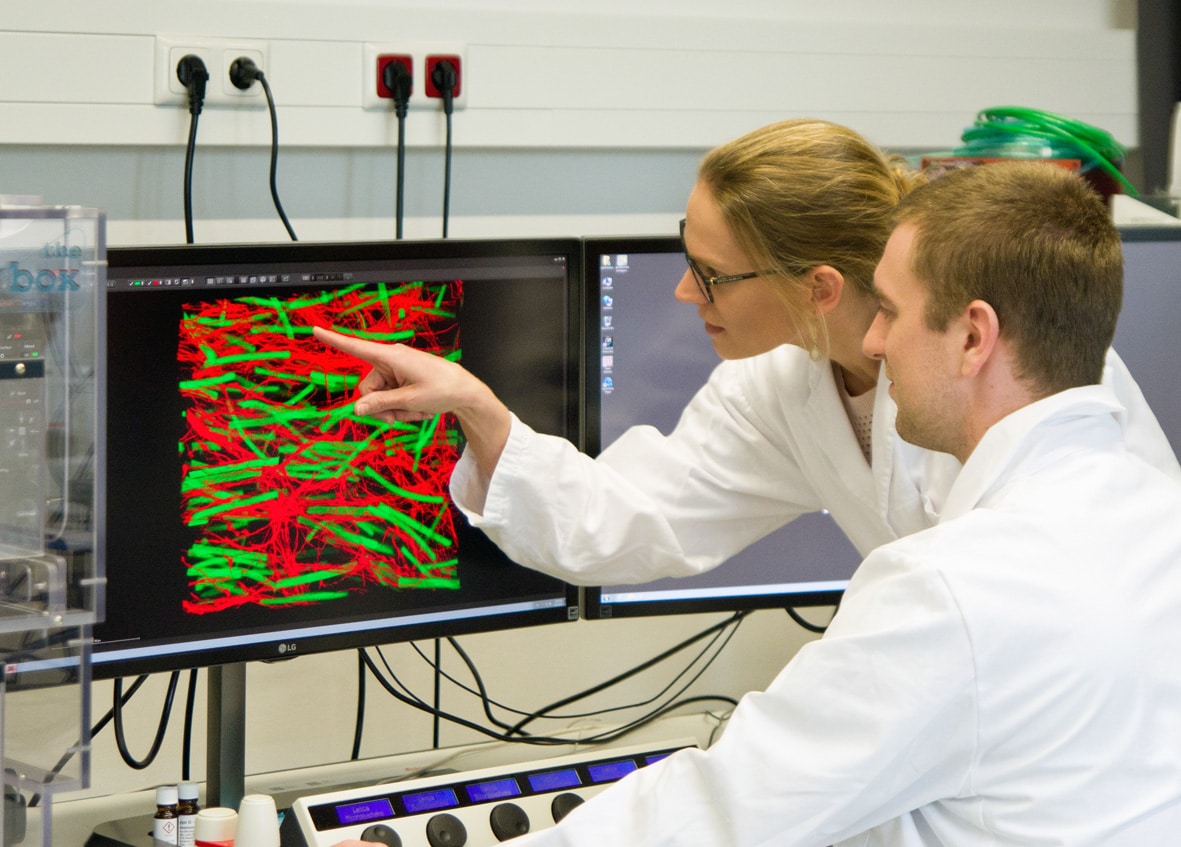Episode 7: Aachen scientists develop a magnetic gel to help in the treatment of spinal cord injuries..
As is the case with many body tissues, spatial organization is a crucial factor for the nerve cells of the spinal cord. When such tissues are injured, it helps the healing process if regenerating cells know exactly which direction to grow in.
In a healthy body, the cells are surrounded by an extracellular matrix which provides mechanical support and aids correct spatial organisation of the tissue. Now, for the first time, an interdisciplinary team of scientists at the DWI – Leibniz Institute for Interactive Materials in Aachen have developed an injectable gel that closely imitates this extracellular matrix.
One of the components of „Anisogel“ consists of tiny gel rods containing magnetic nanoparticles. These gel rods can be oriented using a weak magnetic field. Then the scientists stabilise the rods by surrounding them in a very soft crosslinked gel matrix. This holds the rods firmly in place even when the magnetic field is deactivated. In cell culture experiments, nerve cells and fibroblasts migrate unhindered through the gel matrix, following the paths provided by the gel rods. This development marks an important step, the scientists hope, towards future minimally invasive treatment options for highly sensitive tissue like that of the spinal cord.
And who invented it? Scientists of the DWI – Leibniz Institute for Interactive Materials. In Aachen, of course.



